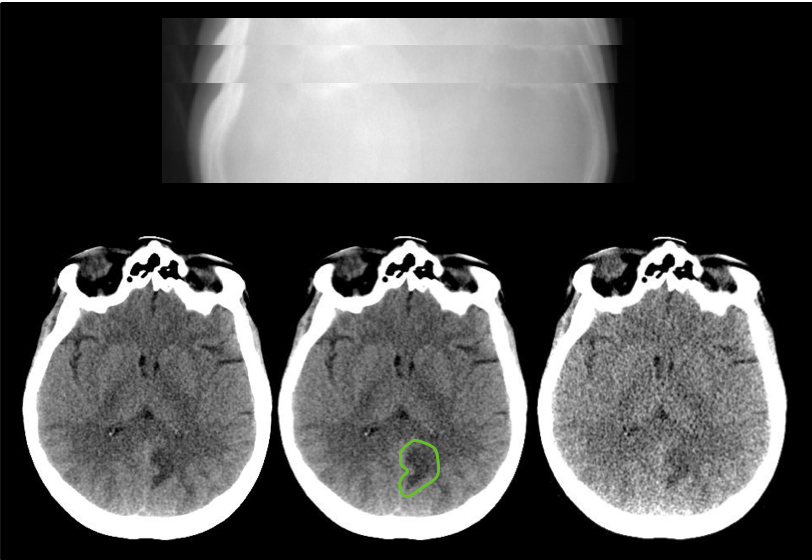Summary
| Excerpt |
|---|
Lack of access to projection data from patient CT scans is a major limitation for the development and validation of new CT reconstruction algorithms. However, patient projection data acquired using commercial CT scanners are stored in a proprietary format, requiring investigators to have research agreements in place with the CT manufacturer to be able to read the data correctly. These proprietary data formats make it unlikely that investigators will be able to validate their algorithm on data from more than one manufacturer. To meet this critical need, researchers Investigators at the Mayo Clinic, with funding from the National Institute of Biomedical Imaging and Bioengineering (EB 017095 , and EB 017185), have built a library of CT patient projection data in an open and vendor-neutral format. This format, referred to as DICOM-CT-PD (1), is an extended DICOM format that contains CT projection data and acquisition geometry. The de-identified patient projection data in the library were decoded with help of the manufacturer and have been converted into an open and standard formatstandardized format. Reconstructed images, patient age and gender, and pathology annotation are also provided for these de-identified data sets. The library consists of scans from various exam types, including non-contrast head CT scans acquired for acute cognitive or motor deficit, low-dose non-contrast chest scans acquired to screen high-risk patients for pulmonary nodules, and contrast-enhanced CT scans of the abdomen acquired to look for metastatic liver lesions. |
Acknowledgements
We would like to acknowledge the individuals and institutions that have provided data for this collection.
- A complete list of acknowledgements can be found here.
...

